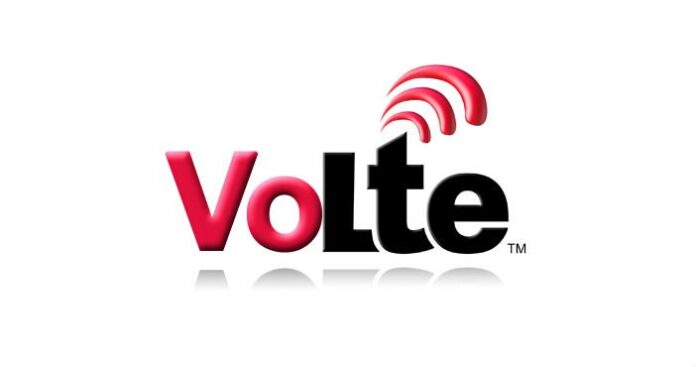Voice-over-LTE users can encounter three to four times as many dropped calls as they experience on legacy voice systems, according to Amdocs’ annual State of the Radio Access Network report.
The call drop numbers are an average, cautioned Graham Wright, product marketing manager with Amdocs, but an accurate overall view of the current state of the technology and its reliability compared to 2G and 3G voice systems.
“If you analyze different networks and in different regions, the figures are going to be wildly different,” Wright said. “It really is a function of how advanced the network is, what type of device the subscriber is using, and how mature the VoLTE is.”
The drops are partly a function of VoLTE coverage, but even more so due to RAN issues, according to Konstantinos Stavropoulos, who is responsible for product marketing at Amdocs and an author of the report.
“The RAN-related issues for VoLTE were by far the highest factor that would contribute to these call drops,” Stavropoulos said. VoLTE often requires, as Amdocs put it, “aggressive tuning” for stability – meaning within about six months of deployment, operators can bring VoLTE to a state where call drops are within 20% of the rate seen on circuit-switched voice networks.
Amdocs also said its figures reflected enormous, ongoing network traffic growth to the tune of 60% to 120% year-over-year for nearly every operator around the globe.
“Any breathing room gained from LTE build outs is short-lived. As soon as any new capacity is delivered, it is consumed,” Amdocs said, citing the pressing need for more intelligent and dynamic network management.
Meanwhile, the company found 80% of network issues only impact customers 20% of the time – meaning most network issues are spotty and fleeting, based on time of day and location, such as a train station during rush hours. If operators only look at high-level numbers on overall performance, Stavropoulos said, they are likely to miss the very localized spikes and issues impacting customer experience, which more granular data can reveal.
Among the report’s other findings:
- In cities, 75% of network traffic is indoors – a figure in line with other industry estimates of indoor vs. outdoor traffic. Amdocs went on to add during congested network times, indoor users see a 25% increase in network problems compared to outdoor users.
- Wi-Fi offload as judged by Amdocs is as low as 5% on some networks. The company makes the distinction, however, between traffic customers deliberately select to travel over Wi-Fi versus what it sees as “true Wi-Fi offload, where traffic which would absolutely have been borne by the mobile network is pushed through a Wi-Fi network.” Smartphone settings and automation impact the amount of this type of Wi-Fi offload, versus Wi-Fi usage where a consumer differentiates their traffic (typically based on cost).
- Large music or sporting events have such an impact on networks that they essentially “create their own mobile ecosystem” due to huge spikes in text messaging and data uploading in and around stadiums and other venues.
- International roamers often get a raw deal, with up to 25% worse user experience than a local subscriber – despite the higher revenues associated with international roaming customers. That gap represents an opportunity, Amdocs said, for operators to isolate high-value roamers and improve their network experience.

